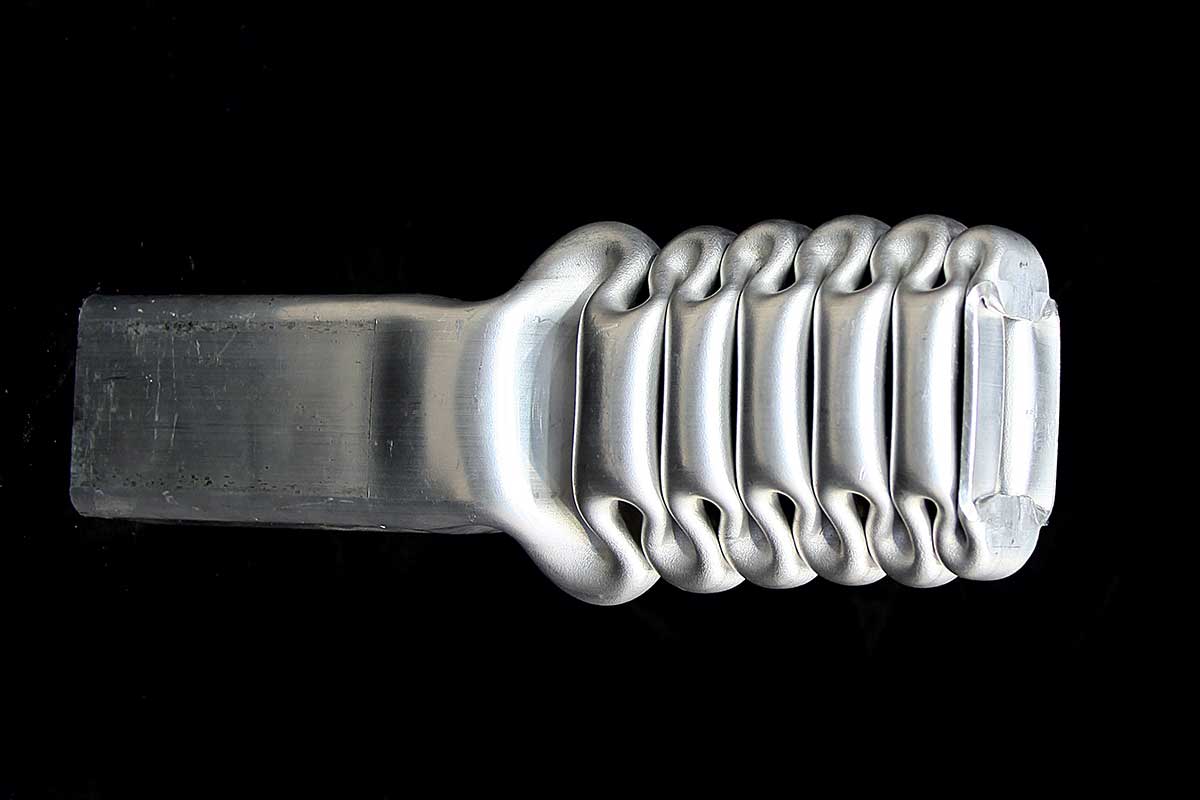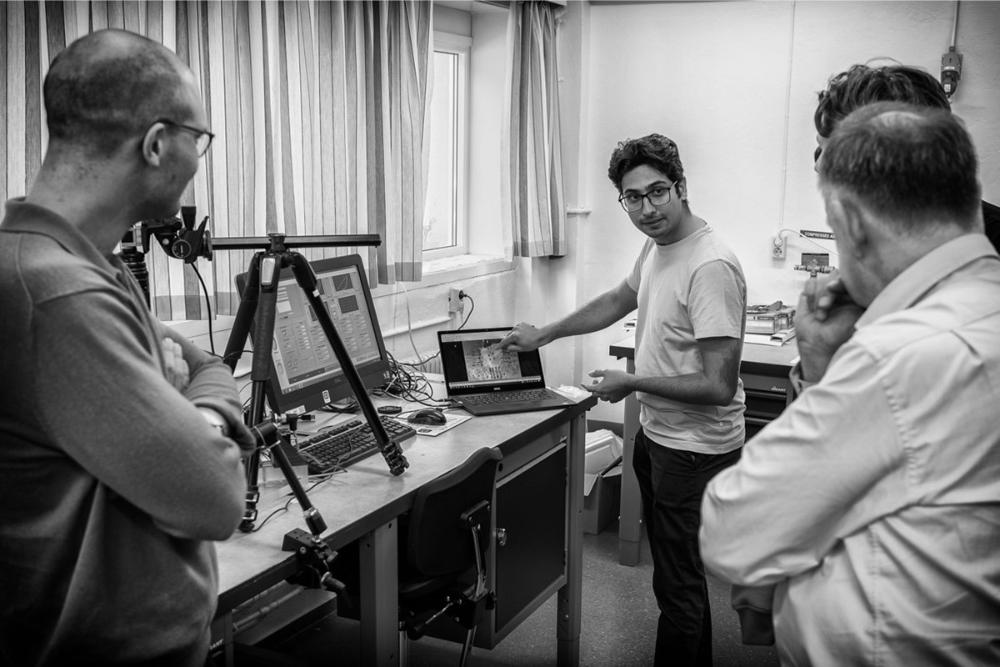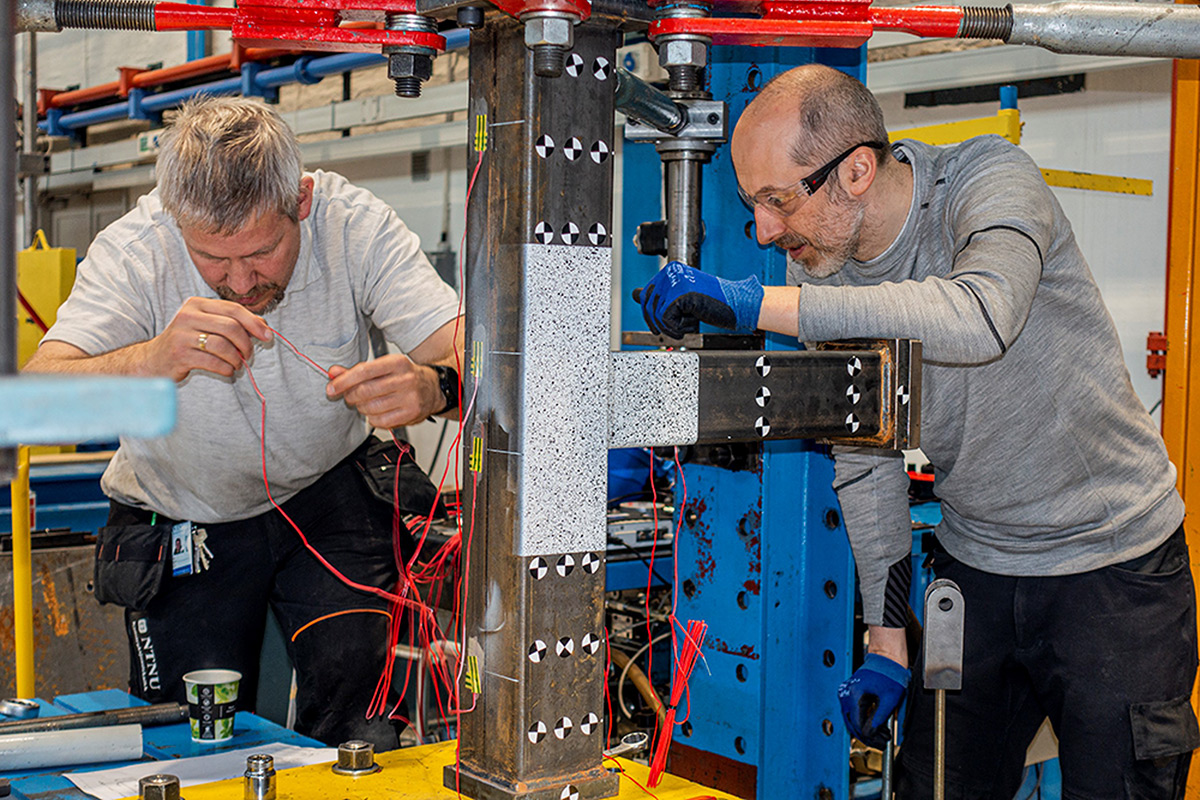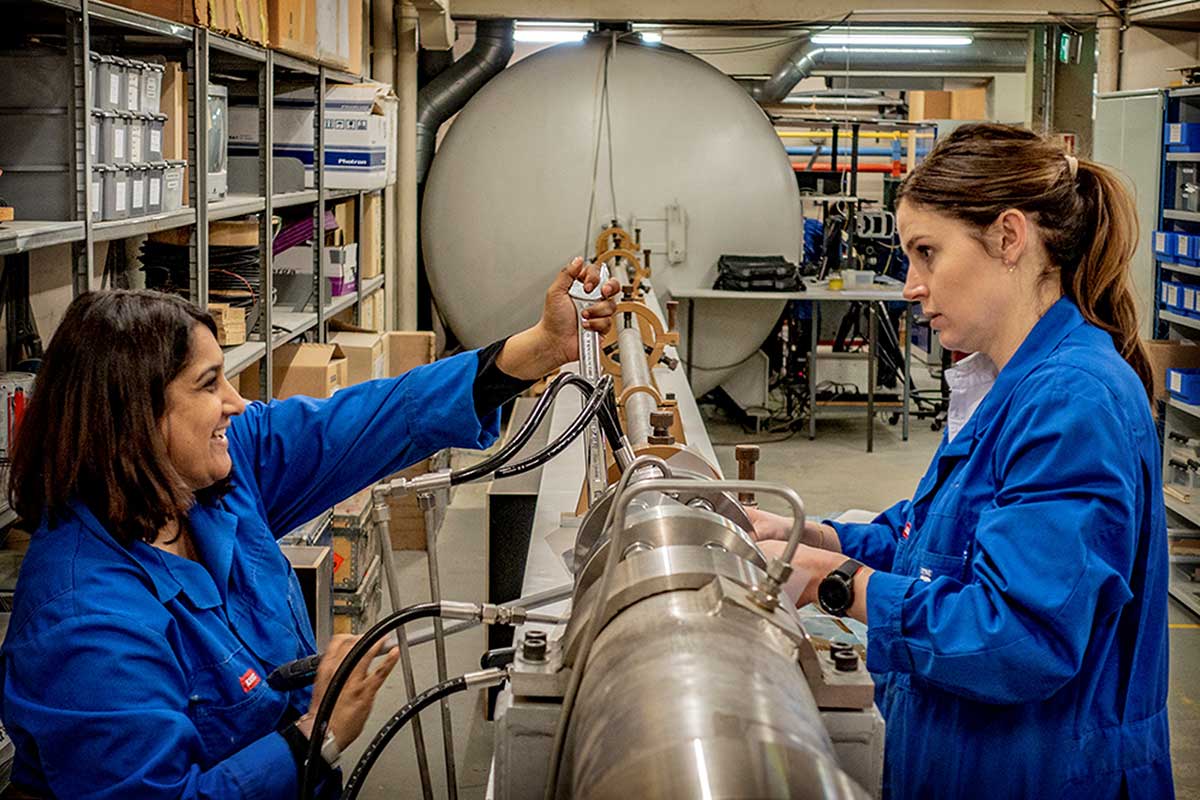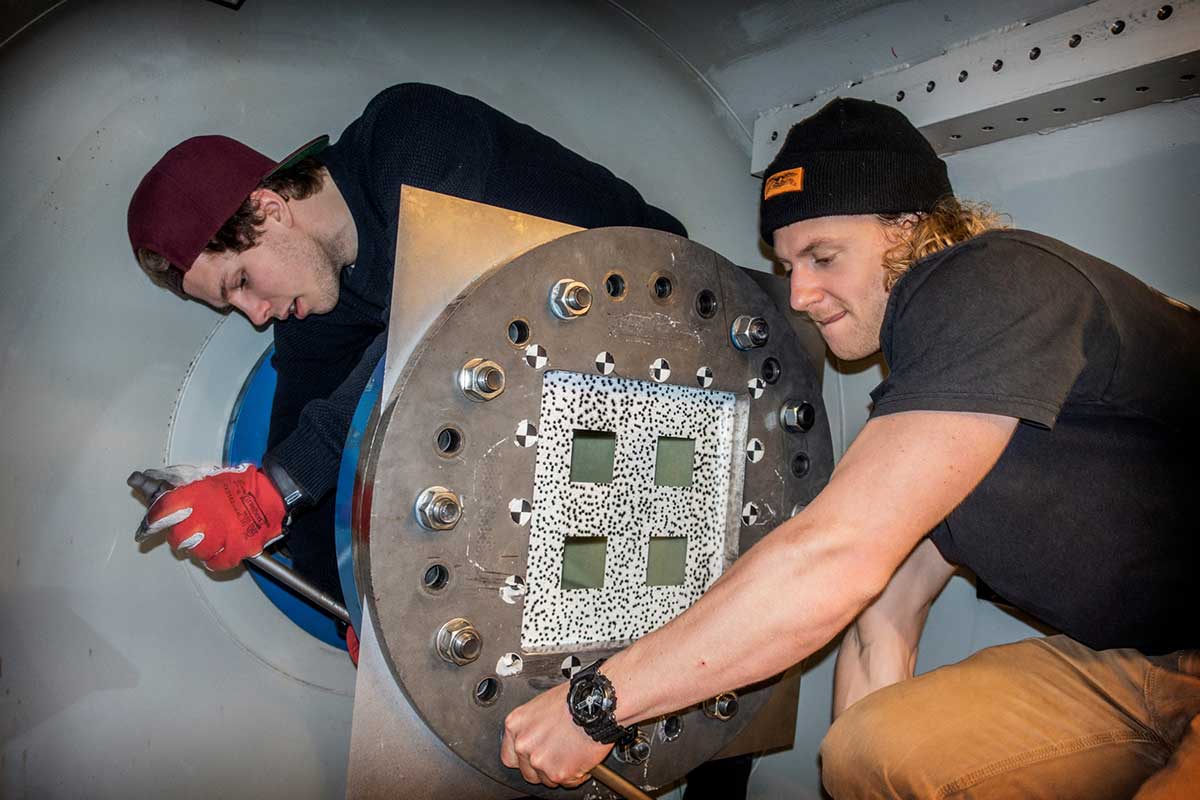Research - Department of structural engineering
Research
The department has about 120 employees. Nearly half of these are doctoral students (PhD). The institute actively collaborates on research with public administrations, industries and research institutions in Norway and abroad. In addition, we work actively with industry contacts. In this way, we ensure that the Department of Structural Engineering has a study program with high academic quality, well adapted to the needs of Norwegian businesses and industries. In this context, the Industry Link (Næringslivsringen) is important. This is a collaborative forum between the students, the construction industry and NTNU's study program in construction and environmental engineering. The goal is to educate skilled and motivated students, who will contribute to increased competence and competitiveness in the construction industry.
The Department of Structural Engineering is organized into five subject groups:
Laboratories
The department has several well-equipped and unique laboratories. These are important tools to increase our knowledge. The labs are used in both contract-based and self-financed projects, by SINTEF Building Research and in collaborative projects. Testing and experiments in the lab are also important in many of the project, diploma and PhD theses that are carried out at KT.
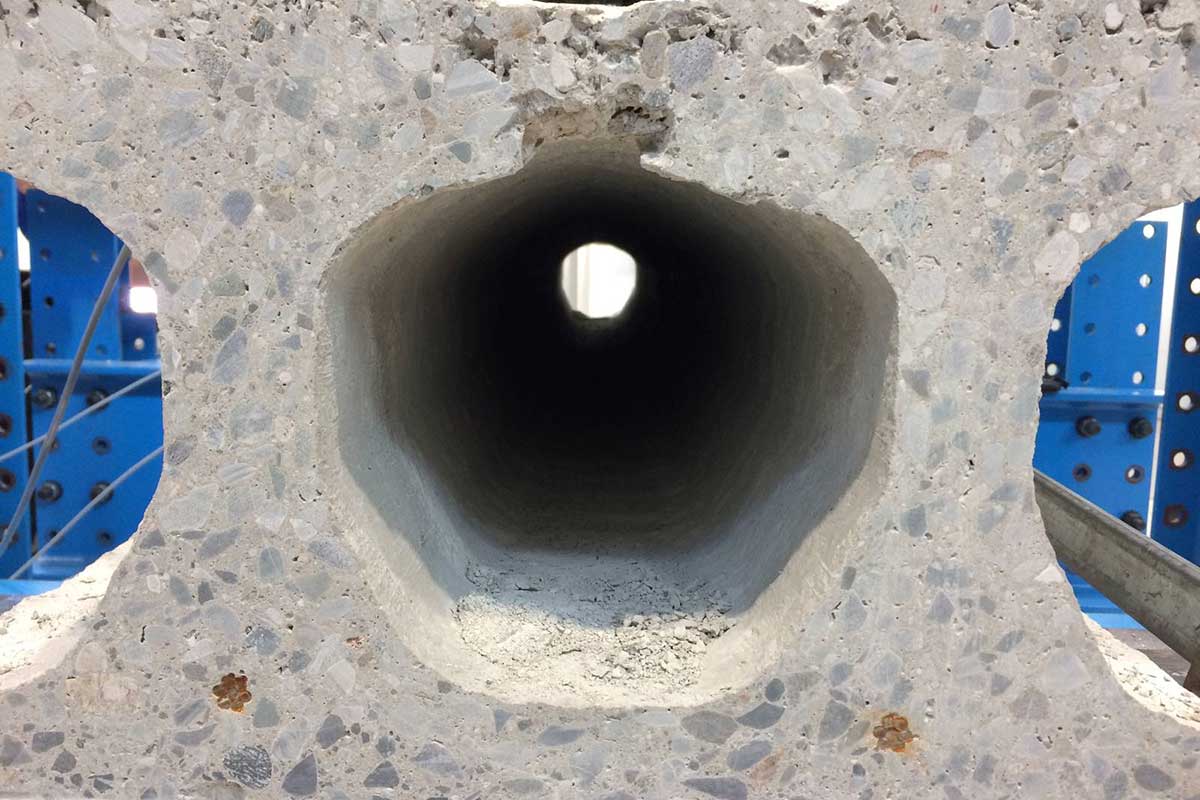
Concrete
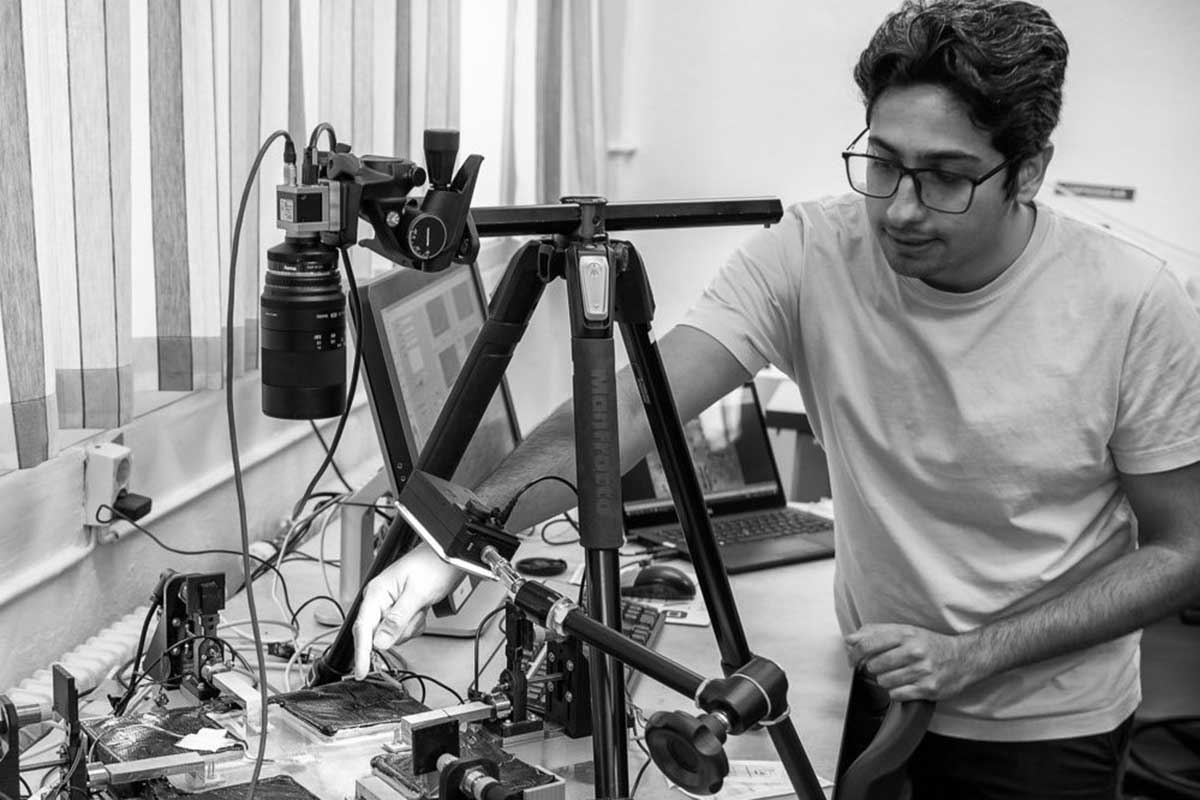
Biomechanics
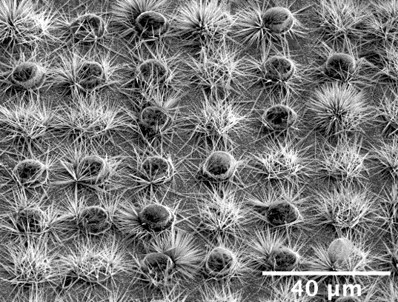
Nanomechanics
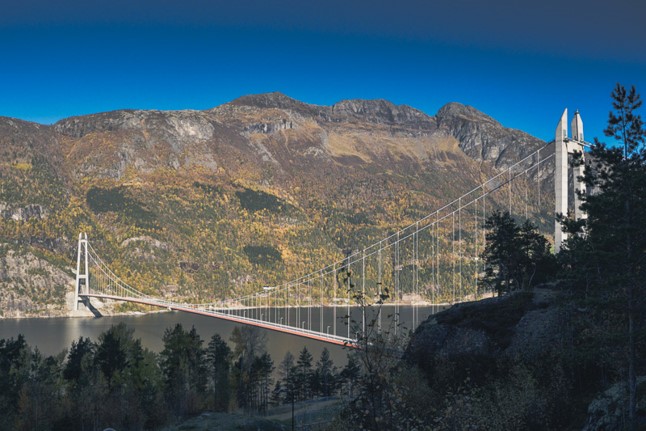
Structural Mechanics
